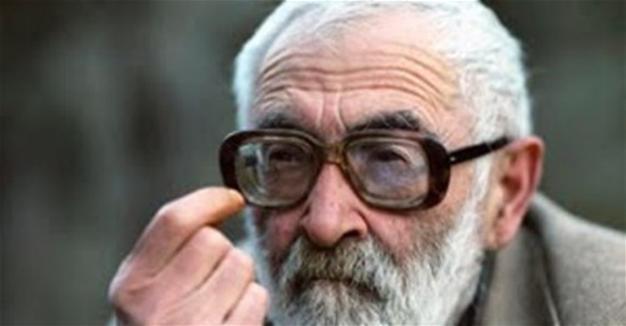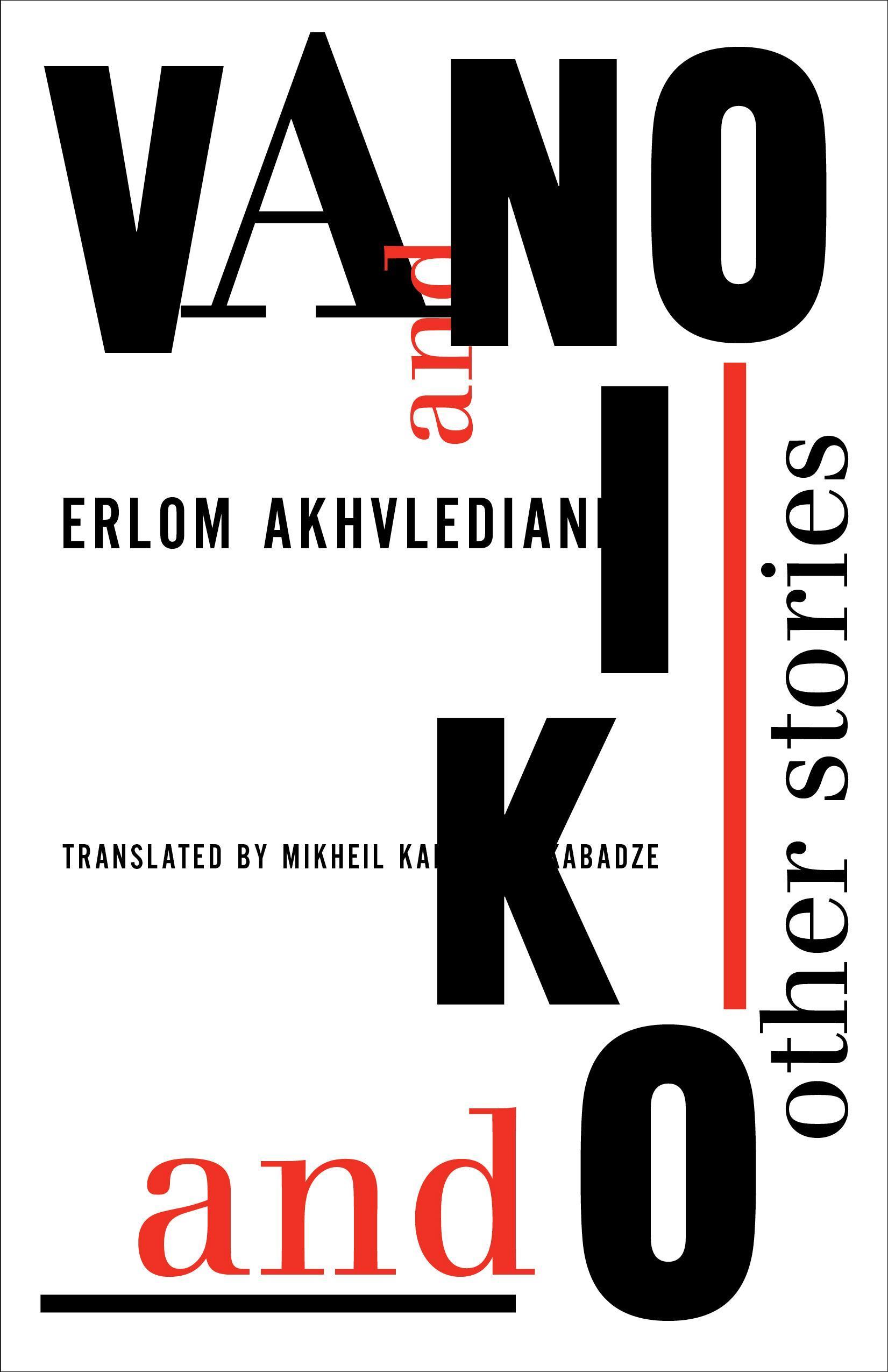‘Vano and Niko and Other Stories’ by Erlom Akhvlediani
William Armstrong - william.armstrong@hdn.com.tr

Georgian author Erlom Akhvlediani (1933-2012)
‘Vano and Niko and Other Stories’ by Erlom Akhvlediani, translated by Mikheil Kakabadze (Dalkey Archive Press, $15.95, 124 pages)
In his introduction to the late Georgian author Erlom Akhvlediani’s “Vano and Niko and Other Stories,” translator Mikheil Kakabadze writes that the reader should “think in images” rather than trying to dig too deeply for meaning. A selection of spare, parable-like tales, the book certainly leaves space for the reader to join the dots. Approached correctly, it is a stimulating and meditative read. Riches lurk under the ostensibly simple surface.

The book, which was first published in English only recently, is divided into three main sections. The first 15 stories feature the characters of Vano and Niko; the second set, “The Story of a Lazy Mouse,” consists of five stories featuring animals; the third set, “The Man Who Lost His Self and Other Stories,” consists of 21 variations on “The Story of a Man.” Each section is different but they share a minimalist style entirely free of contextual and cultural details. They are all carefully constructed and often amusing.
The tales featuring Vano and Niko are simple and vignette-like, limited to symbolic essentials: Trees, houses, streets, sun, rain. There are no long descriptive paragraphs and the writing is almost entirely free of adjectives. There is also little character development. Vano is generally presented as gentle, kind and deferential; Niko is more impulsive and quick to anger. Over the course of the stories a struggle plays out between the two sides of human nature, but the relationship between Vano and Niko shifts from antagonistic to warm depending on the story.
Few of these unusual tales are more than three pages long. Some are more abstract and cryptic than others, though none give up their secrets at first reading. Although they address fundamental elements of the human condition, they do not offer trite or easy lessons. The reader has to exercise their own brain muscle to mine meaning from the stories.
The later fable-like tales of animals and the natural world appear at first to be more straightforward. But they often take surprisingly dark turns, and they rarely follow an obvious arc or point to a clear moral. In one story Niko owes Vano money. Vano becomes increasingly desperate and paranoid as his friend repeatedly fails to repay him, before Niko eventually gives him the money without comment. It is up to the reader to decide whether the meaning is opaque or perfectly clear.
Akhvlediani was born in 1933 and became one of Georgia’s most cherished authors and screenwriters. “Vano and Niko” was written in the 1950s and has apparently been included in university philosophy curriculums in Georgia. But its themes are also among the great themes of literature: The difficulty of achieving satisfaction, the trouble with communication, the irony of fleeting human relations, life itself. We understand from these strange, teasing, rewarding tales that joy and pain should both be cherished as inalienable signs of life.
* Follow the Turkey Book Talk podcast via iTunes here, Stitcher here, Podbean here, or Facebook here.

 The book, which was first published in English only recently, is divided into three main sections. The first 15 stories feature the characters of Vano and Niko; the second set, “The Story of a Lazy Mouse,” consists of five stories featuring animals; the third set, “The Man Who Lost His Self and Other Stories,” consists of 21 variations on “The Story of a Man.” Each section is different but they share a minimalist style entirely free of contextual and cultural details. They are all carefully constructed and often amusing.
The book, which was first published in English only recently, is divided into three main sections. The first 15 stories feature the characters of Vano and Niko; the second set, “The Story of a Lazy Mouse,” consists of five stories featuring animals; the third set, “The Man Who Lost His Self and Other Stories,” consists of 21 variations on “The Story of a Man.” Each section is different but they share a minimalist style entirely free of contextual and cultural details. They are all carefully constructed and often amusing.